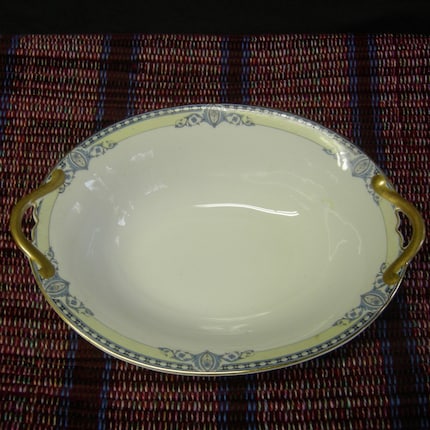Here are some wonderful handbags I have found in fellow Etsy shops! Please take the time to check out the links and some of the details of these bags. Some of them are certainly one of a kind in style.
Vintage Orange Leather Handbag
Black and Chrome Leather Round Purse
Black Leather Gladstone Dr. Bag Purse
Tooled Leather Saddle Handbag
Perfect Purse
Vintage 1960's Tan Purse
Red Vintage Wicker Handbag
















































